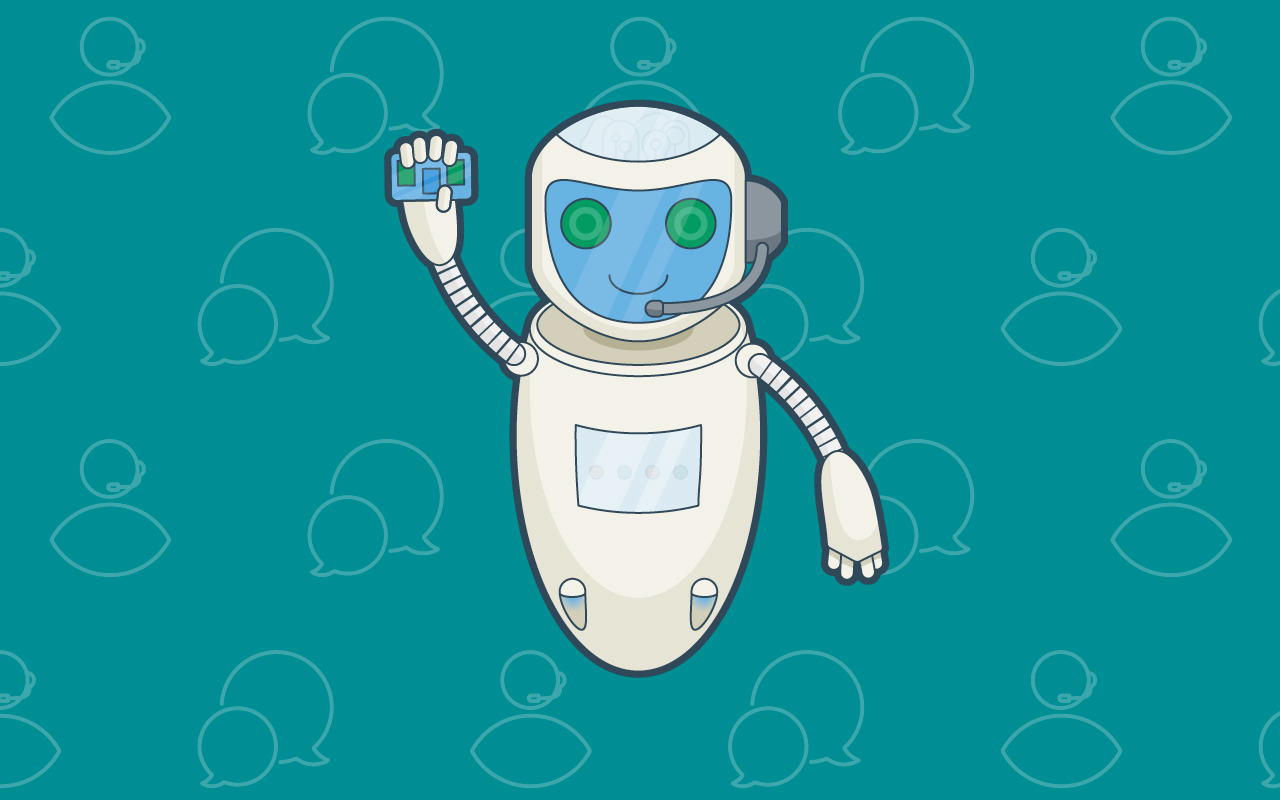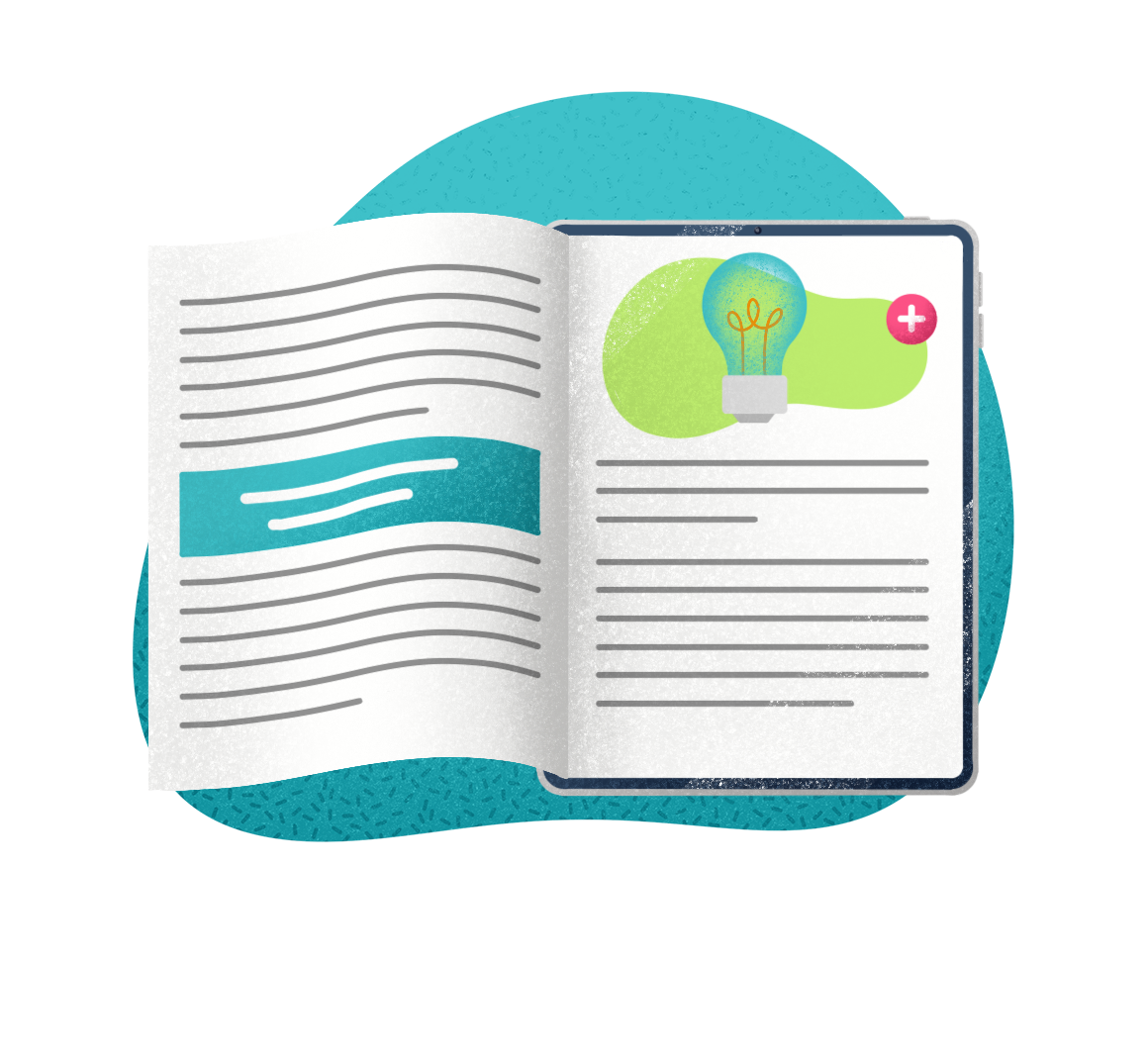By now, you likely know the benefits of having conversational AI in your service desk. You might have heard that recent research shows that chatbots can help businesses save as much as 30% on support costs – and that is just one of the many ways that AI is transforming the service desk. But before you can begin implementing conversational AI in your service desk, it’s important to make sure you understand the difference between two terms used often, incorrectly, interchangeably — chatbots vs. virtual agent.
What is a Chatbot?
Depending on who you ask, the term “chatbot” can a variety of functions. Some people recognize them as a form of automation that spits out pre-determined answers to pre-scripted answers. Some recognize chatbots from consumer brands, like Target or Amazon, where you can request status updates on orders. But chatbots, at their core, are much simpler than all of that.
TechTarget defines a chatbot as: “(sometimes referred to as a chatterbot) programming that simulates the conversation or “chatter” of a human being through text or voice interactions.”
Chatbots and conversational agents are commonly used on instant messaging (IM) platforms, like Facebook Messenger, Teams, and Skype, to communicate with users and to assist them in performing simple tasks like scheduling appointments, searching and obtaining information, and even shopping for new tools within the organization.
Chatbots have evolved in recent years, and now bots are not relegated to the consumer world, with many people finding great success in using more sophisticated bots for business. These business bots can be integrated into external platforms, such as Microsoft Teams, websites, or even knowledge bases to facilitate information and automate processes for employees and customers. Bots are also becoming popular in various industries including healthcare, and banking and finance.
It’s easy to dismiss bots as a passing fad, but the truth is that 67% of global consumers had an interaction with a chatbot over the last 12 months, with that number only projected to grow. In fact, Gartner predicts that by 2022, 70% of customer interactions will involve emerging technologies such as machine learning (ML) applications, chatbots and mobile messaging, up from 15% in 2018.
What is a Virtual Agent, Virtual Assistant, and Virtual Service Desk?
There are two types of virtual agents I want to touch on, an AI virtual agent and a human one.
An AI powered virtual agent, sometimes called an AI virtual assistant, is described by Chatbots.org as, “… a computer generated, animated, artificial intelligence virtual character that serves as an online customer service representative. It leads an intelligent conversation with users, responds to their questions and performs adequate non-verbal behavior.”
This is, in essence, and advanced chatbot. This differs from agents working in a virtual service desk.
The virtual service desk has the appearance of a centralized service desk, but through the use of technology, can actually be spread across a variety of geographical locations. This structure allows IT support teams to virtually deploy IT technicians and allows service desk agents to work from home or for a combination of working from home and outsourcing.
What are the Main Differences Between a Chatbot and a Virtual Agent?
The terms chatbot, virtual agent, virtual assistant, and virtual service desk all sound interchangeable, but in actuality there are a few key differences.
For starters, a virtual service desk is not the same as a virtual agent or chatbot, because a virtual service desk is manned by real humans who are responding in a virtual format. On the other hand, chatbot technology delivers answers and guided support through the use of conversational artificial intelligence.
In simpler terms: a virtual service desk is comprised of humans, while a virtual agent or chatbot is a non-human helper.
Let’s break this down further: chatbots are often regarded as more basic versions of non-human virtual agents/virtual assistants. People often associate chatbots with simpler commands, for instance, asking “business hours and address.” Whereas virtual agents are more likely to be associated with contextualized knowledge, enhanced with machine learning, natural language processing, and a fully indexed database. But, in most cases, chatbots and virtual agents have similar functionality, depending on the product or vendor.
Core Functionality of a Chatbots or Virtual Assistants
The core functionality of a chatbot or a virtual agent is to provide customers and employees with the knowledge and information they need, and if not, to direct them to the right agent to help them. But the whole of this functionality is a sum of the following parts:
- Guided Support Through Automated Actions/Workflows: The chatbot should not only provide answers, but guide the end-user through the solution to resolution, and if solution is not reached, provide a method to contact a live agent or submit a support ticket. Users should be guided through answers or processes with multimedia content, question and answer dialog and automated actions.
- Conversational AI with Natural Language Processing (NLP): To see widespread adoption of a chatbot, users must feel that the bot will understand their request. For example, if you want to know the weather in Paris, you’d want the chatbot to understand where you are to know whether to provide the answer of Paris, France or Paris, Texas, and going a step further, you’d want to feel like you’ll be understood no matter how you ask the question. That’s where conversational AI with NLP comes in. An NLP engine analyzes user input, aims to detect user intent, and identifies the relevant knowledge or process to solve the inquiry.
- Machine Learning (ML): ML takes user data to analyze your actions over time and continually refine your results via the chatbot. User data, incident patterns, and search habits all are continually being input and analyzed to help understand user intent, predict future issues and provide relevant search results, making the interactions with the virtual agent much simpler and easier. Coupled with NLP, this leads to a more conversational experience.
- Omnichannel or Multiexperience Support: Omnichannel and multiexperience support refer to channels that help you meet the user where they are. Omnichannel means the chatbot can be embedded into a website or portal or accessible in Teams, Zoom, Skype, or other integrations. Multiexperience refers to the ability to tailor the experience to the specific device type the user is on. Together, these create a smoother experience for the end-user, incentivizing the use of chatbots vs virtual agents.
How to Choose Chatbots vs Virtual Agent for Business
To help you decide on a chatbot vs. virtual agent, there are a few key factors to consider in a service-bot vendor:
- User engagement is crucial because ultimately, if you want to get a better ROI on your tool, you need users to be engaged. This takes customer-centric thinking and goes beyond choosing the fastest tool to implement, or even the cheapest tool on the market. Chatbots are a dime a dozen, but the right chatbot will have the ability to tie knowledge and service delivery together in a way that engages users and keeps them coming back.
- Quantifiable metrics are another component that can’t be ignored. To understand engagement, your chatbot or virtual agent should also have the ability to provide actionable insights into usage. This should include whether the bot is being used, for what types of help, and how many times the user is able to resolve their issue through the bot without needing the intervention of a human agent.
- The items that matter the most to help you achieve your goals are important. If a solution (not necessarily a lone software) has all of the bells and whistles but doesn’t tick the boxes that keep your team’s goals on track, think about other options. This goes beyond thinking about ROI and into thinking about the goal of shift-left support.
Once you’ve got a solid understanding of your business goals and the goals of your users relating to the chatbot, you are one step closer to deciding on chatbots vs. virtual agents for your team.
Remember, self-service is only as good as the support efforts behind it. It’s important to think about the ways you’ll meet your customers where they are and answer their questions, equipping and empowering them with the knowledge they need.
To learn how chatbots vs. virtual agents fit into your overall next-generation service management strategy and positively impacts the customer experience, check out our HDI report. Download your copy here!
Infographic – The status of SMB IT in 2026
Explore how AI, automation & integrated ITSM/ITAM are reshaping IT strategy—at every scale.



